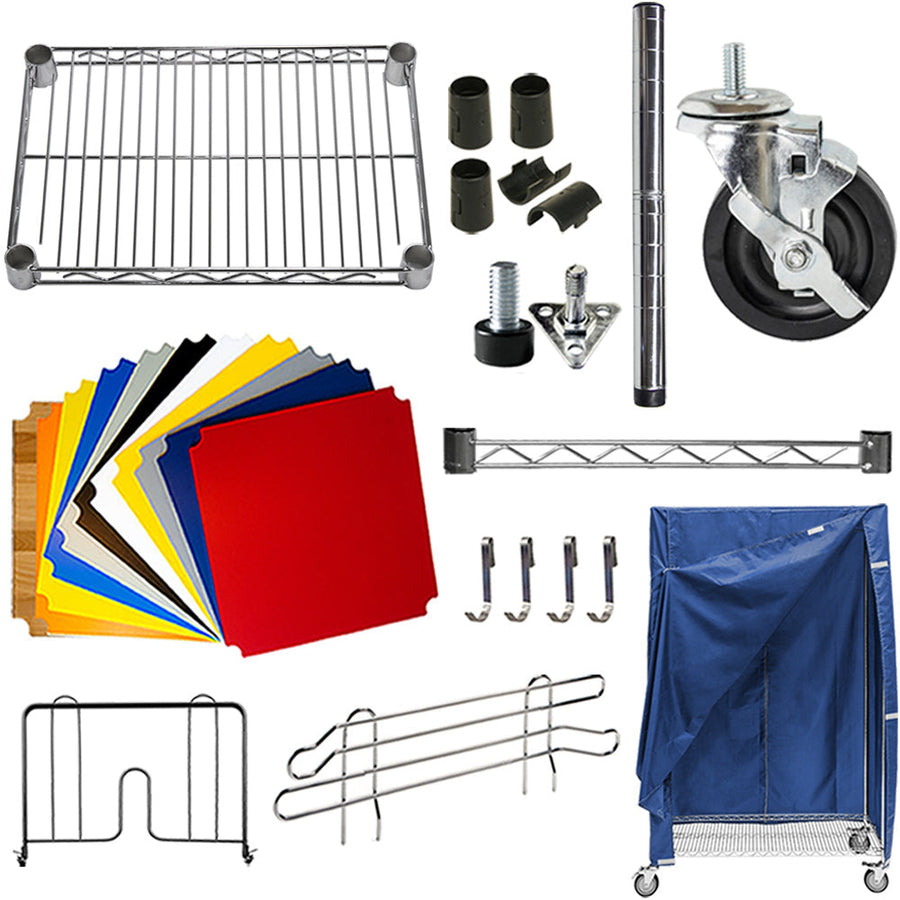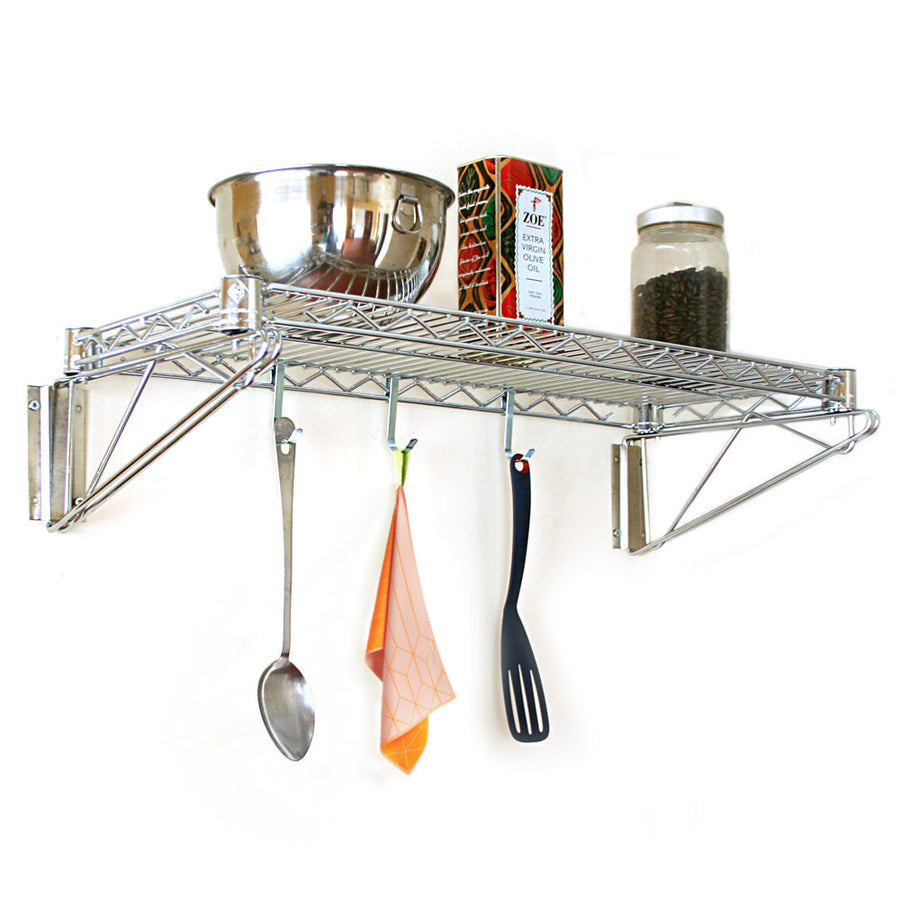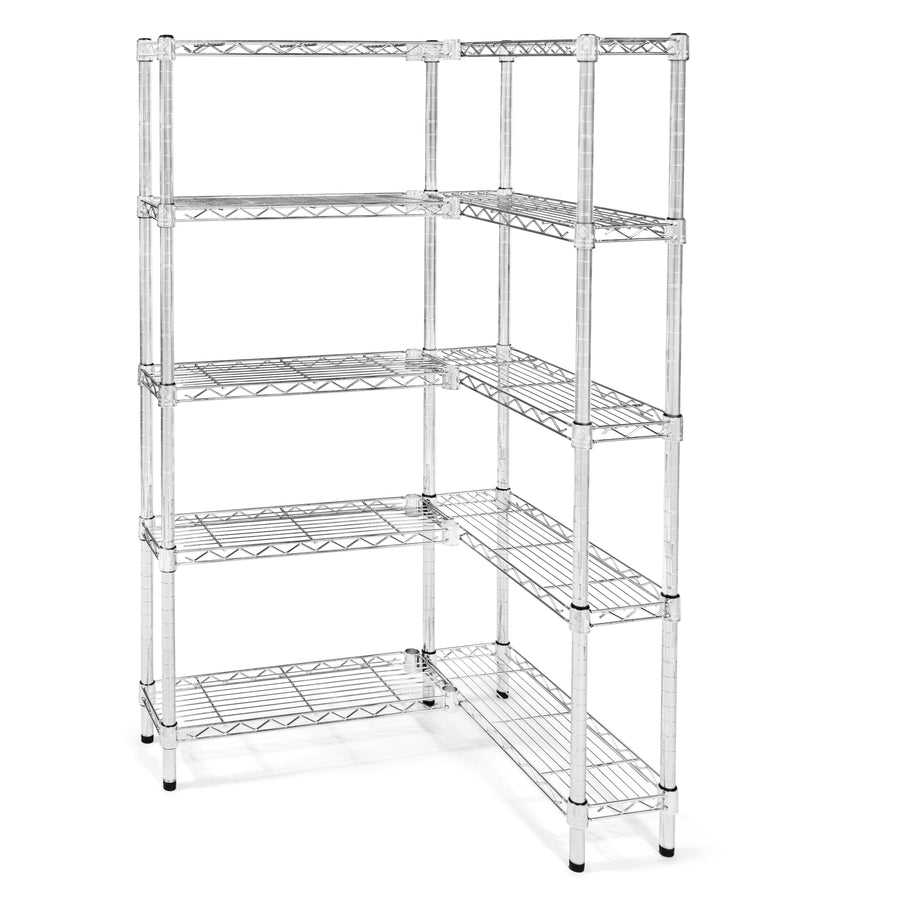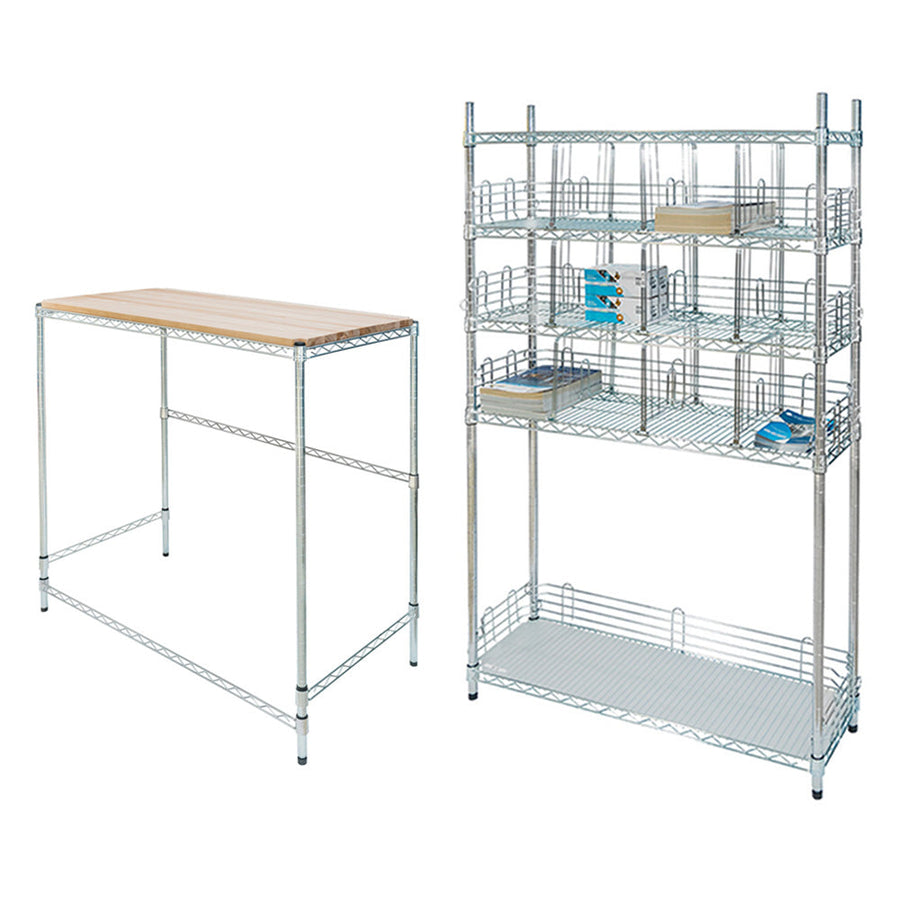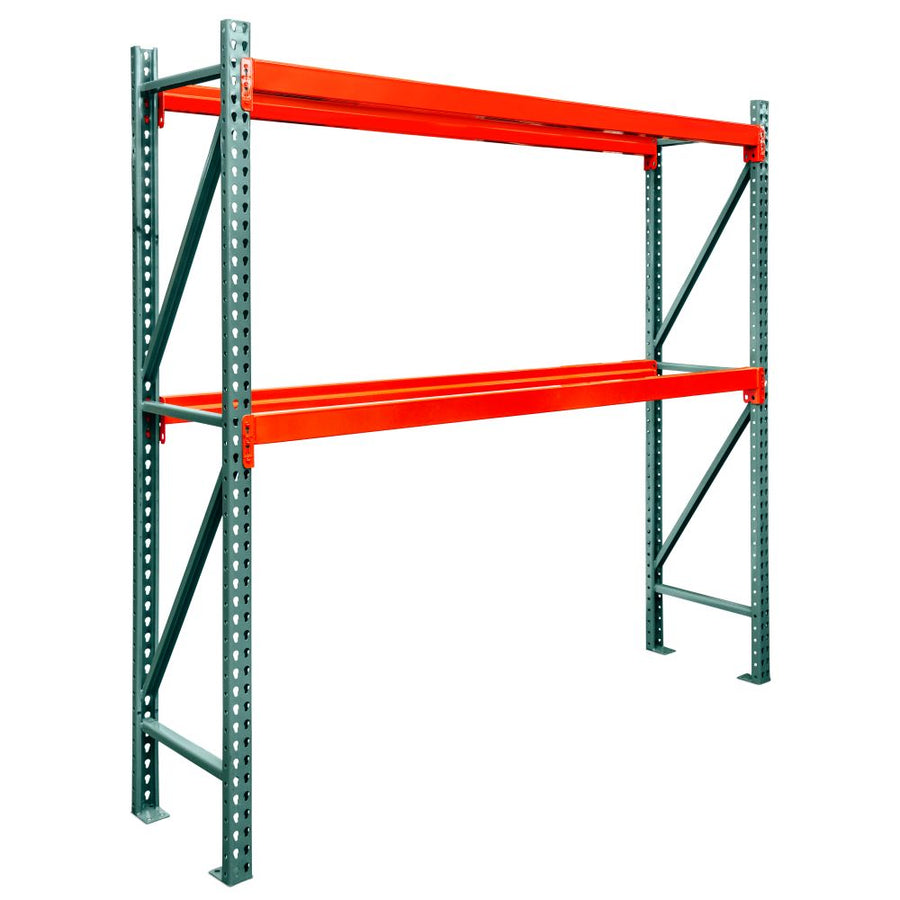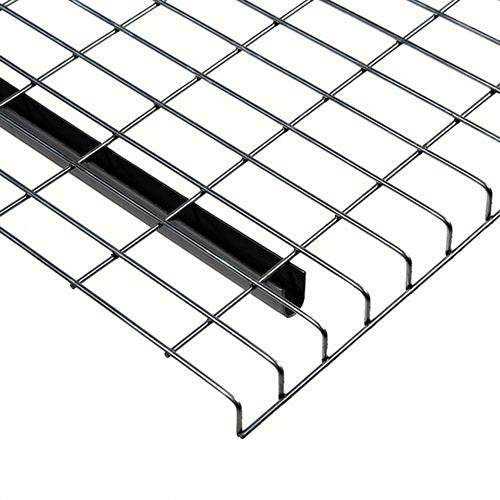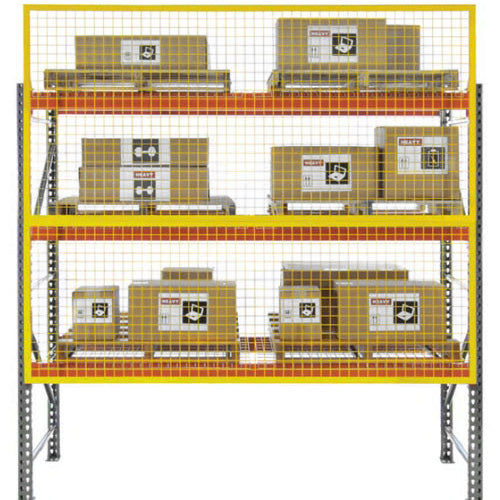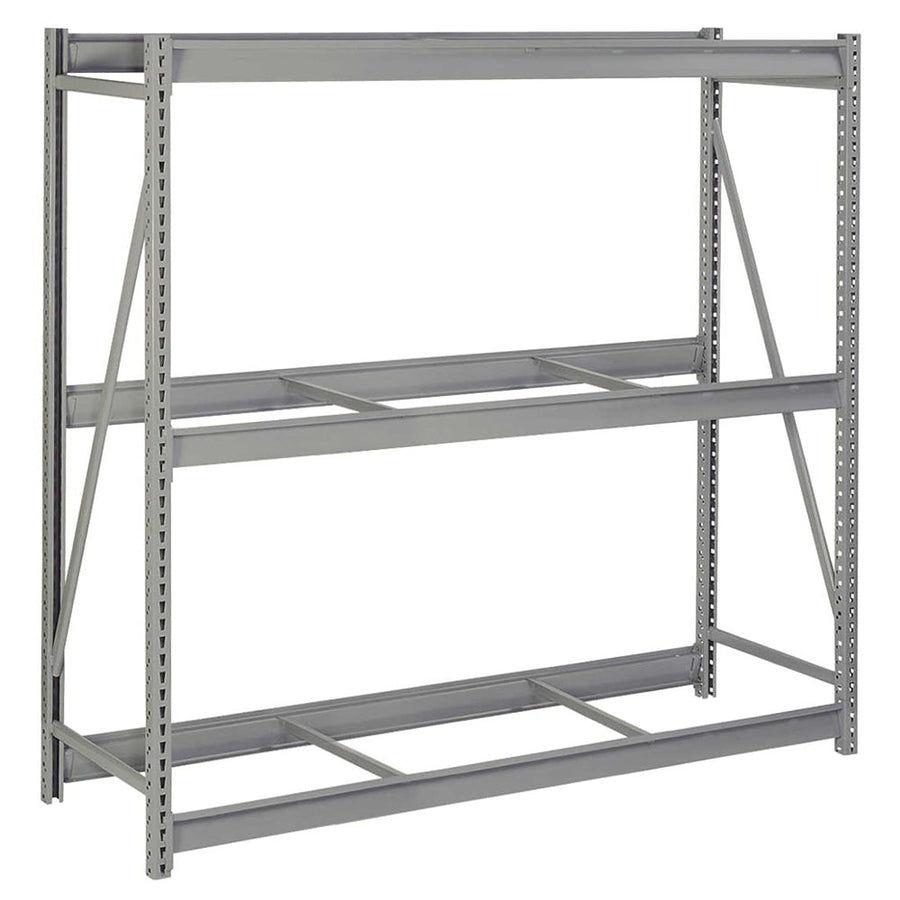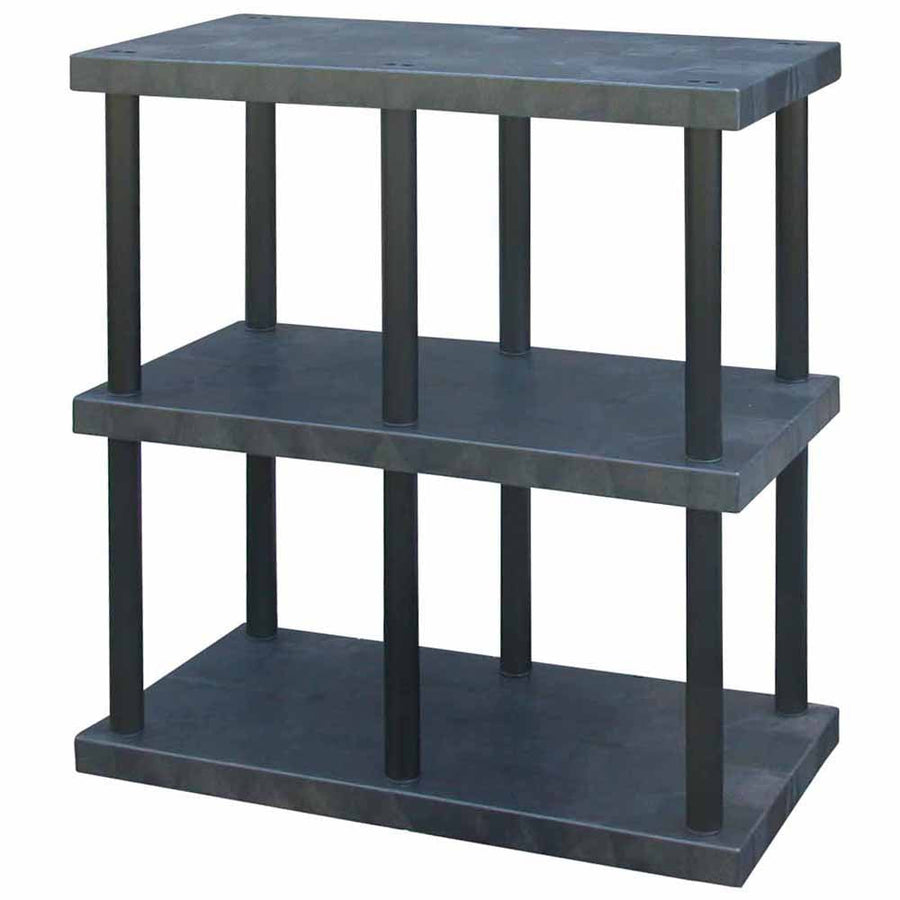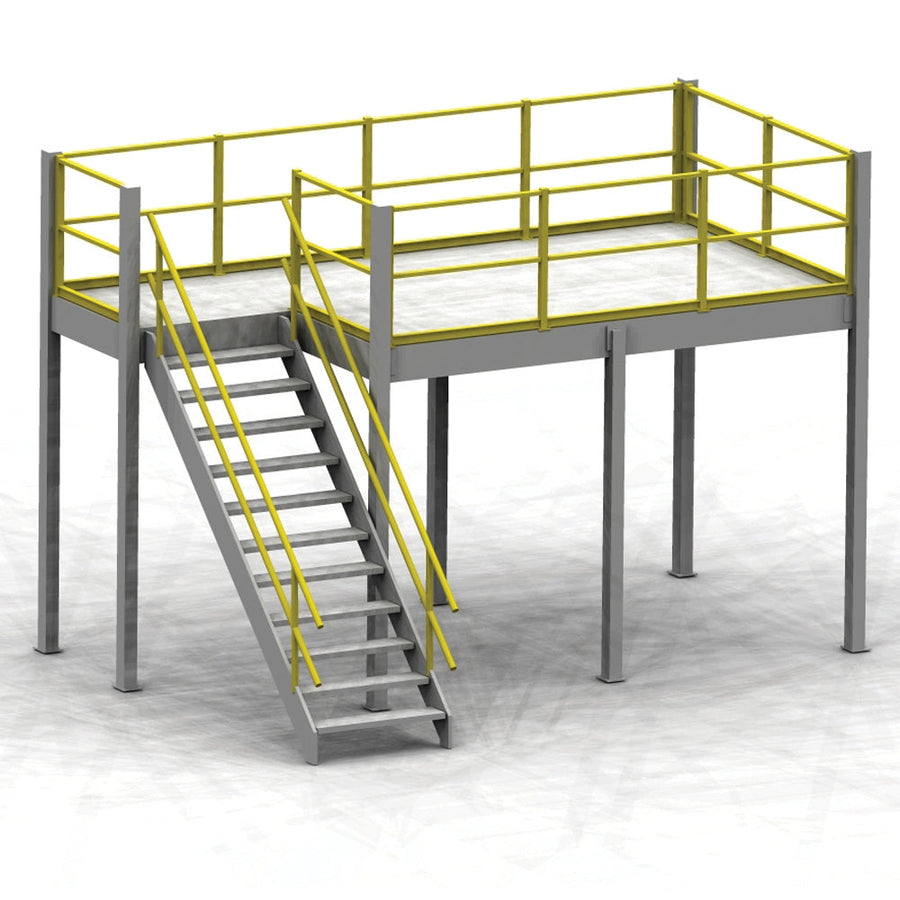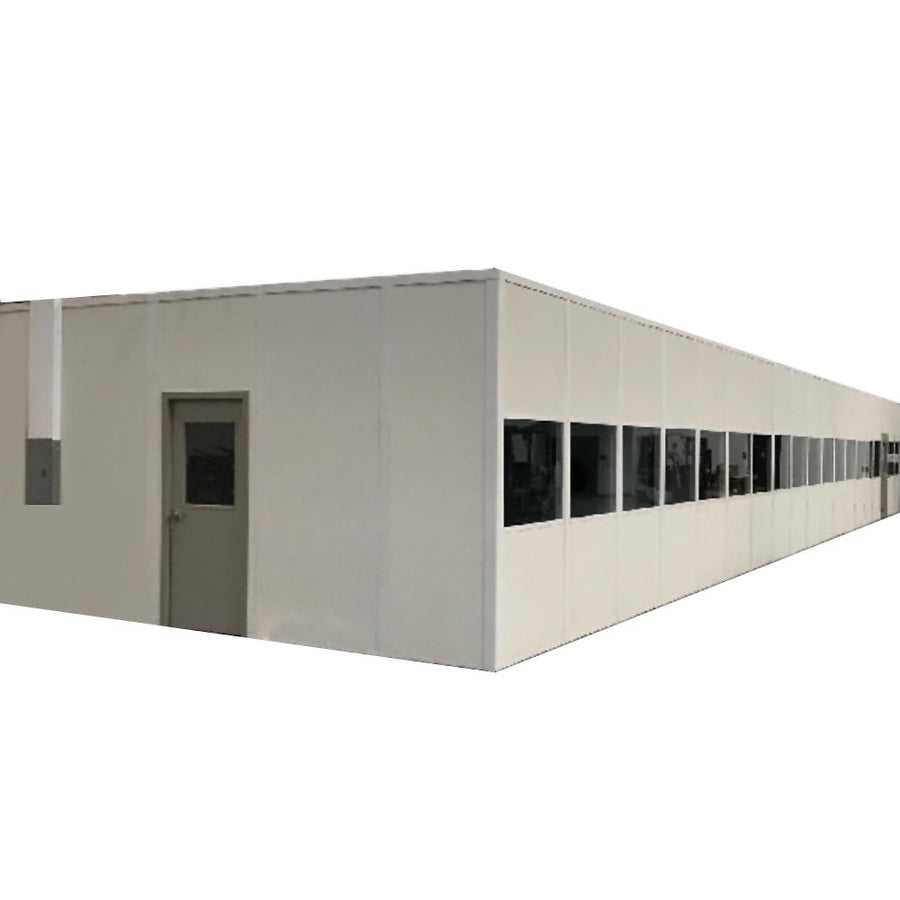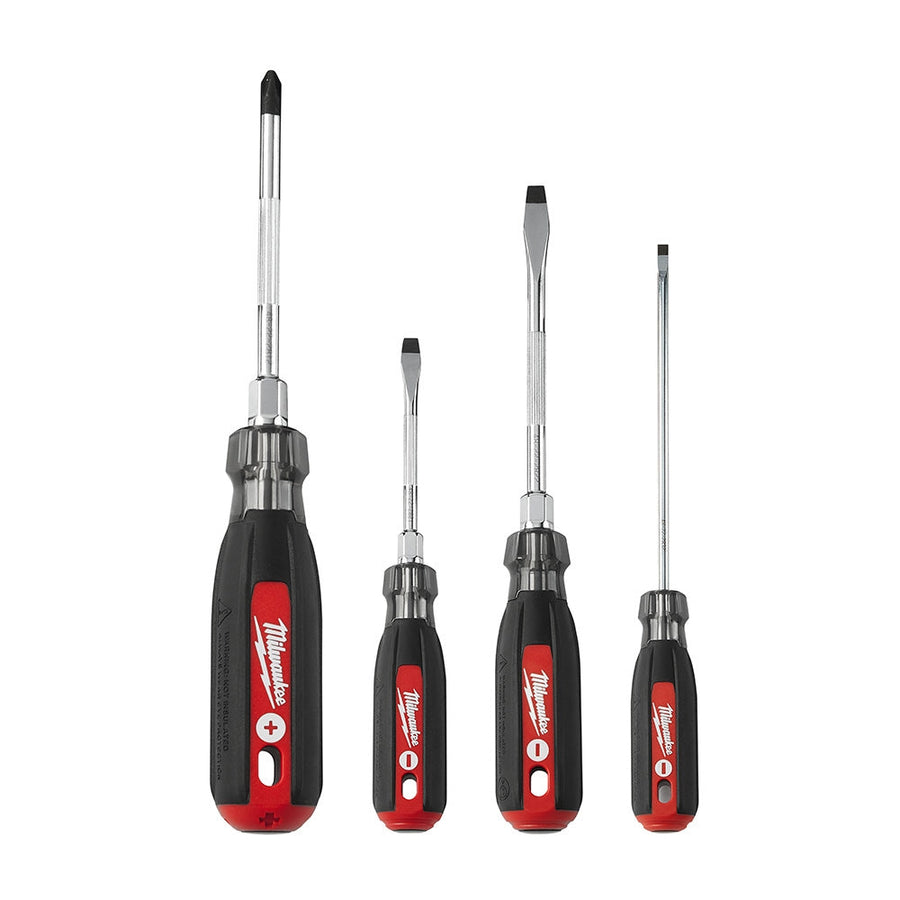No matter what products you deal in or what kind of work you do in your warehouse, the odds are pretty good you’ll have some gas canisters around.
Whether it’s fuel for your forklifts, welding supplies, or simply industrial chemicals that haven’t made their way to your clients yet, gas canister storage is a crucial part of safety in warehouses and the utmost care must always be taken with these items.
If you find yourself having to work around the presence of gas canisters in your warehouse and want to make sure you’re storing them as safely as possible, here’s a few tips to help you get your gas canisters put away safely:
Separate by type of cylinder
The first step towards safe gas cylinder storage is to make sure you can properly label and identify each type of canister you store. Generally, industrial gases are stored in one of two types of container: LPG tanks (the long skinny kind often used to fuel forklifts) and compressed gas bottles, the wider and shorter kind used in industrial applications such as welding or cutting. These two both have specific storage requirements, and furthermore should not be kept too close to one another to prevent accidents.
Provide security and limit access
This is likely something you’re used to doing in your warehouse, but gas canisters need to have secure storage and limited access to help reduce accidents and ensure only trained, skilled workers can access them. Keep all gas canisters behind warehouse security partitions (or at least marked off by guard rails) to reduce access to only the workers with the training (and in some cases certifications) to use these canisters.
Store away from obvious hazards
At first this may seem like an obvious concept, but it requires constant vigilance and foresight on everyone’s part to avoid issues. Particularly in areas with a lot of exposed wiring, frequent water spills (from equipment or leaky roofs), or other environmental concerns, keeping your gas tanks in an area where they can avoid rust or damage is crucial.
Follow all federal, state, and OSHA guidelines
Due to the potentially hazardous materials being stored within, many federal and state safety regulatory bodies (especially OSHA) have provided specific guidelines for storing these products that must be followed to the letter. For example, OSHA requirements state that tanks being stored indoors must be kept a minimum distance from staircases, doorways, and other points of access or exit to the building, and these requirements can vary wildly from state to state.
Dispose of empty tanks correctly
Empty tanks, in many situations, need to be treated with the same care as full, usable tanks. Keep empty tanks separated from usable tanks and follow similar rules to storing them (avoiding open flame, staircases, etc) until they can be properly disposed of and/or collected by the distributor you got them from, as many of them will accept reusable, empty containers.



